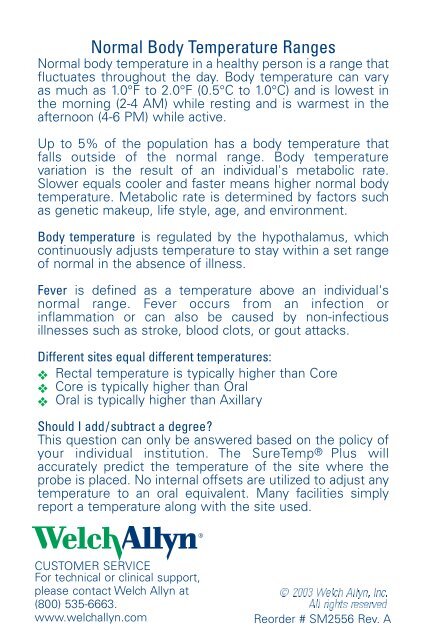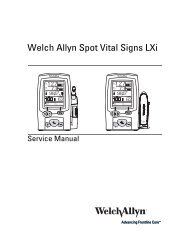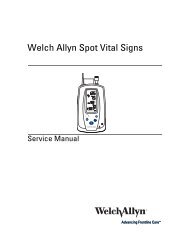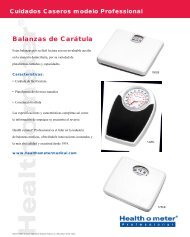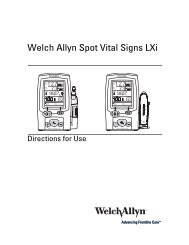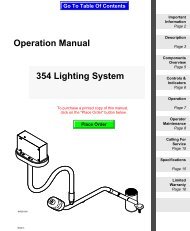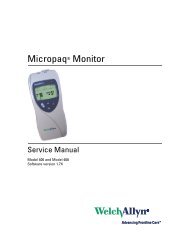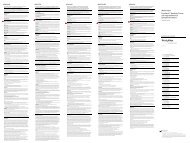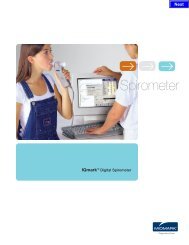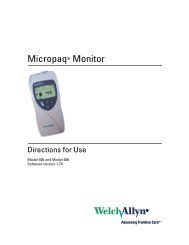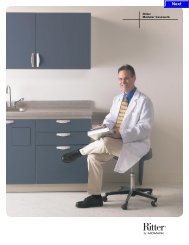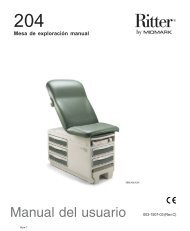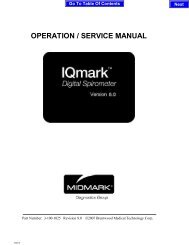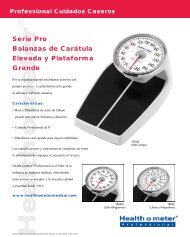Oral Equivalency and Normal Body Temperature Chart - Medical ...
Oral Equivalency and Normal Body Temperature Chart - Medical ...
Oral Equivalency and Normal Body Temperature Chart - Medical ...
You also want an ePaper? Increase the reach of your titles
YUMPU automatically turns print PDFs into web optimized ePapers that Google loves.
<strong>Normal</strong> <strong>Body</strong> <strong>Temperature</strong> Ranges<br />
<strong>Normal</strong> body temperature in a healthy person is a range that<br />
fluctuates throughout the day. <strong>Body</strong> temperature can vary<br />
as much as 1.0°F to 2.0°F (0.5°C to 1.0°C) <strong>and</strong> is lowest in<br />
the morning (2-4 AM) while resting <strong>and</strong> is warmest in the<br />
afternoon (4-6 PM) while active.<br />
Up to 5% of the population has a body temperature that<br />
falls outside of the normal range. <strong>Body</strong> temperature<br />
variation is the result of an individual's metabolic rate.<br />
Slower equals cooler <strong>and</strong> faster means higher normal body<br />
temperature. Metabolic rate is determined by factors such<br />
as genetic makeup, life style, age, <strong>and</strong> environment.<br />
<strong>Body</strong> temperature is regulated by the hypothalamus, which<br />
continuously adjusts temperature to stay within a set range<br />
of normal in the absence of illness.<br />
Fever is defined as a temperature above an individual's<br />
normal range. Fever occurs from an infection or<br />
inflammation or can also be caused by non-infectious<br />
illnesses such as stroke, blood clots, or gout attacks.<br />
Different sites equal different temperatures:<br />
❖ Rectal temperature is typically higher than Core<br />
❖ Core is typically higher than <strong>Oral</strong><br />
❖ <strong>Oral</strong> is typically higher than Axillary<br />
Should I add/subtract a degree?<br />
This question can only be answered based on the policy of<br />
your individual institution. The SureTemp® Plus will<br />
accurately predict the temperature of the site where the<br />
probe is placed. No internal offsets are utilized to adjust any<br />
temperature to an oral equivalent. Many facilities simply<br />
report a temperature along with the site used.<br />
CUSTOMER SERVICE<br />
For technical or clinical support,<br />
please contact Welch Allyn at<br />
(800) 535-6663.<br />
www.welchallyn.com<br />
© 2003<br />
All<br />
Welch<br />
rights<br />
Allyn,<br />
reserved<br />
Inc.<br />
Reorder # SM2556 Rev. A


